Home>diy>Building & Construction>How Much Are Construction Boots
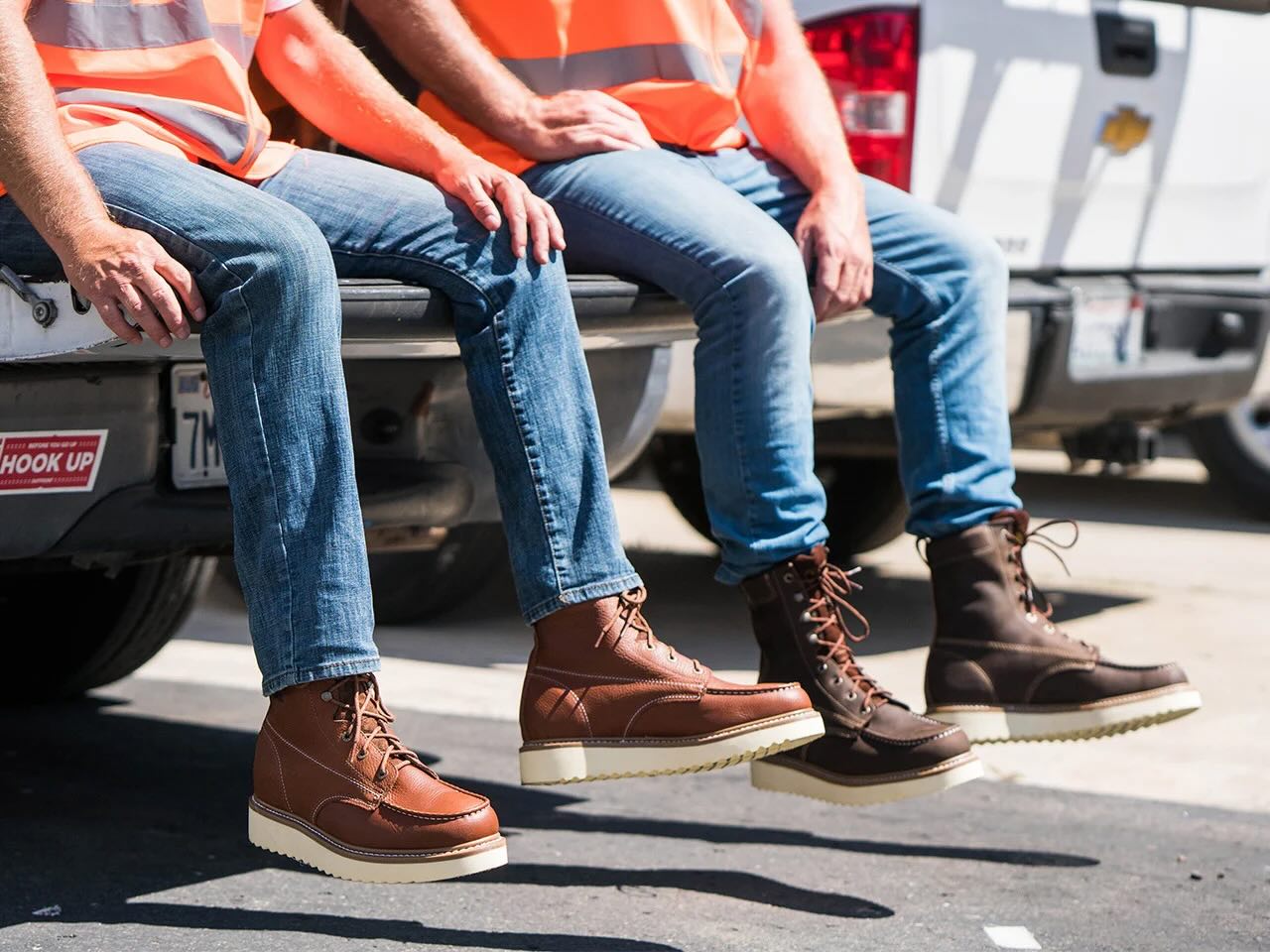

Building & Construction
How Much Are Construction Boots
Modified: December 7, 2023
Shop for high-quality construction boots at affordable prices. Find the best deals on building construction boots and ensure safety on the job.
(Many of the links in this article redirect to a specific reviewed product. Your purchase of these products through affiliate links helps to generate commission for Storables.com, at no extra cost. Learn more)
Introduction
Welcome to the world of construction, where safety and durability are paramount. One essential piece of equipment that every construction worker relies on is a sturdy pair of construction boots. These boots not only offer protection but also provide comfort and support throughout the workday. But with a wide range of options available, how much can you expect to spend on a quality pair of construction boots?
The price of construction boots can vary significantly depending on various factors, such as the materials used, the brand, the safety features, and the overall durability of the boots. In this article, we will delve into these factors and explore the different pricing options available.
When it comes to construction boots, the material used plays a crucial role in determining the price. Common materials include leather, synthetic fabrics, and composite materials. Leather boots tend to be more expensive due to their durability and ability to withstand harsh working conditions. On the other hand, synthetic fabric boots are usually more affordable but may not offer the same level of durability.
The brand of construction boots also plays a significant role in the pricing. Well-known and established brands that have a reputation for quality craftsmanship often demand a higher price tag. These brands invest considerable time and resources into research and development to ensure their boots meet the industry’s stringent standards. However, there are also lesser-known brands that offer excellent quality at a more affordable price point.
Safety features are another crucial aspect that can impact the price of construction boots. Boots with added safety features such as steel toe caps, puncture-resistant soles, electrical hazard protection, and slip-resistant outsoles will generally be more expensive. These features are designed to protect the wearer from potential hazards often encountered in construction sites.
The durability of construction boots is a significant factor to consider when determining their price. Construction boots with double or triple stitching, reinforced toe caps, and high-quality materials are designed to last longer, making them more expensive upfront but potentially more cost-effective in the long run. Investing in durable boots can save you money by avoiding frequent replacements.
Now that we have explored the factors that affect construction boot prices let’s dive into the different pricing options available. Construction boots can generally be categorized into three price ranges: low-end, mid-range, and high-end. Let’s take a closer look at each of these options.
Key Takeaways:
- Construction boot prices are influenced by material, brand, safety features, and durability. Finding the right balance between cost and quality is crucial for ensuring protection and comfort in demanding work environments.
- Low-end, mid-range, and high-end construction boots cater to different budgets and needs, offering varying levels of durability, safety features, and comfort. Investing in durable boots can save money in the long run.
Read more: What Is Welt Construction In Boots
Factors Affecting Construction Boot Prices
When it comes to purchasing construction boots, several factors come into play that can affect their price. Understanding these factors will help you make an informed decision and find the perfect pair of boots that fit both your budget and requirements.
Material: The material used in construction boots greatly impacts their price. Leather boots are generally more expensive due to their durability, water resistance, and ability to withstand harsh working conditions. Synthetic fabric boots are typically more affordable but may not offer the same level of durability. Composite materials, which are a combination of various materials, can provide a balance between durability and cost.
Brand: The reputation and brand recognition of a construction boot manufacturer can significantly affect the price. Well-known and established brands often have a higher price tag due to their commitment to quality and extensive research and development. These brands invest in advanced technologies and innovative features to ensure their boots meet the highest industry standards. However, there are also lesser-known brands that offer high-quality boots at a more affordable price point.
Safety Features: Construction boots with additional safety features are typically priced higher. These features may include steel toe caps, puncture-resistant soles, electrical hazard protection, and slip-resistant outsoles. These safety features are designed to protect workers from potential hazards encountered in construction sites, but they add to the overall cost of the boots.
Durability: Construction boots that are built to last will often have a higher price tag. Boots with double or triple stitching, reinforced toe caps, and high-quality materials are designed to endure the rigors of construction work, making them more expensive upfront. However, investing in durable boots can save you money in the long run by avoiding frequent replacements.
Technology and Innovation: Boots that incorporate advanced technologies and innovative features may come at a higher price. These features can provide enhanced comfort, better support, and improved performance. For example, boots with moisture-wicking liners, cushioned insoles, and ergonomic designs may offer a higher level of comfort but could also be more expensive.
When considering construction boot prices, it is essential to strike a balance between cost and quality. While budget-friendly options may seem appealing, compromising on safety and durability could lead to costly consequences in the long run. It is advisable to invest in a reputable brand that offers the necessary safety features and durability needed for construction work.
Now that we have explored the factors affecting construction boot prices, let’s move on to the different pricing options available in the market.
Material
The material used in construction boots plays a crucial role in their durability, comfort, and overall performance. Different materials have distinct properties that determine their suitability for construction work. Let’s explore some common materials used in construction boots:
1. Leather: Leather is a popular choice for construction boots due to its exceptional durability and natural water resistance. Full-grain leather, which is the top layer of the hide, is highly prized for its strength and ability to withstand rugged conditions. It provides excellent protection against abrasions, impacts, and punctures. Additionally, leather boots often mold to the wearer’s feet over time, providing a comfortable fit. While leather boots tend to be more expensive, their longevity and quality make them a worthwhile investment for construction workers.
2. Synthetic Fabrics: Synthetic fabrics such as nylon or polyester are commonly used as alternatives to leather in construction boots. These materials offer a lighter and more breathable option, making them suitable for long hours of wear. Synthetic boots are often more affordable compared to leather boots, making them an attractive choice for budget-conscious individuals. However, it is important to note that synthetic materials may not provide the same level of durability and protection in harsh conditions.
3. Composite Materials: Composite materials are a blend of different materials such as Kevlar, carbon fiber, and plastic. These materials offer a balance between durability, flexibility, and affordability. Composite boots are often lighter in weight compared to traditional leather boots, reducing fatigue during long shifts. They provide excellent protection against electrical hazards and are non-metallic, making them airport-friendly. While composite boots may not offer the same level of durability as leather, they are an excellent choice for workers who prioritize comfort and flexibility.
When choosing construction boots, it’s essential to consider the specific requirements of your work environment. Leather boots are ideal for heavy-duty tasks that involve exposure to sharp objects, while synthetic or composite boots are suitable for areas where weight and flexibility are important factors.
It’s worth noting that some construction boots combine different materials to maximize performance and durability. For example, a boot may have a leather upper for strength and water resistance, while utilizing synthetic materials in the lining for breathability and comfort. These hybrid boots provide a balance of characteristics to meet the demands of various construction worksites.
Regardless of the material, proper maintenance and care can significantly extend the lifespan of your construction boots. Regular cleaning, conditioning, and waterproofing treatments can help preserve the material’s integrity and ensure continued protection.
Now that we understand the significance of materials in construction boots, let’s explore the impact of brand on pricing.
Brand
When it comes to purchasing construction boots, the brand can play a significant role in determining both the quality and the price. Established and reputable brands have a track record of producing reliable and durable footwear that meets industry standards. Let’s take a closer look at the impact of brand on construction boot pricing.
1. Reputation: Well-known brands in the construction industry have earned their reputation through years of delivering high-quality products. These brands invest heavily in research and development, constantly refining their designs and incorporating new technologies to ensure their boots meet the demands of construction work. The reputation of a brand often commands a higher price due to the trust and confidence consumers have in their products.
2. Quality Craftsmanship: Established brands pride themselves on their craftsmanship and attention to detail. They use premium materials, employ skilled artisans, and adhere to strict quality control measures to ensure that each pair of boots meets the brand’s standards. This dedication to quality often translates into a higher price point, reflecting the value and durability that the brand offers.
3. Innovation and Technology: Leading brands in the construction industry are constantly pushing the boundaries of innovation and integrating new technologies into their boots. These advancements can include features like moisture-wicking liners, advanced cushioning systems, and ergonomic designs. While these features enhance comfort and performance, they also contribute to the overall cost of the boots.
4. Industry-Specific Expertise: Certain brands specialize in producing footwear specifically tailored for the construction industry. These brands understand the unique challenges and requirements of construction work, and their boots are designed to address those needs. They invest in materials and design elements that offer maximum protection, durability, and comfort for construction workers. This expertise and specialization often come with a higher price tag.
While established brands often come with a premium price, it’s important to note that there are also lesser-known brands that offer excellent quality boots at a more affordable price point. These brands may not have the same level of brand recognition, but they still prioritize quality and durability in their products. By researching and reading reviews, you can discover these hidden gems that provide a balance between cost and quality.
In summary, the brand’s reputation, quality craftsmanship, innovation, and industry-specific expertise all contribute to the pricing of construction boots. It’s essential to consider your budget, the specific requirements of your work environment, and the level of trust you have in a particular brand when making your purchasing decision.
Next, let’s explore how safety features affect the pricing of construction boots.
Safety Features
Construction boots are designed to provide protection and safety to workers in hazardous environments. They often come equipped with various safety features that contribute to their overall price. Let’s explore some common safety features found in construction boots and how they impact pricing.
1. Steel Toe Caps: One of the most recognizable safety features in construction boots is the steel toe cap. It is designed to protect the toes from impact and compression hazards, such as falling objects or heavy machinery. Boots with steel toe caps are typically priced higher due to the additional materials and construction required to incorporate this feature. However, the protection they provide can be invaluable in preventing serious injuries.
2. Puncture-Resistant Soles: Construction sites often have hidden hazards, such as nails, shards of glass, or sharp objects. Boots with puncture-resistant soles feature an extra layer of material, such as a metal plate or composite material, to prevent sharp objects from penetrating the sole and injuring the foot. The inclusion of puncture-resistant soles adds to the overall cost of the boots but provides peace of mind in hazardous worksites.
3. Electrical Hazard Protection: Working around electricity requires special precautions, and construction boots with electrical hazard protection are specifically designed for this purpose. These boots feature insulating materials that protect the wearer from electrical shocks. Electrical hazard protection often involves additional testing and certifications, which can increase the price of the boots.
4. Slip-Resistant Outsoles: Construction sites can be slippery, especially when exposed to water, oil, or other liquids. Slip-resistant outsoles are designed with specialized tread patterns and materials that improve traction and reduce the risk of slips and falls. Boots with slip-resistant outsoles may come at a higher price point due to the advanced technology and materials used to provide this safety feature.
5. Waterproofing: Construction workers often encounter wet or damp conditions, making waterproof boots a desirable feature. Boots with waterproofing capabilities are treated with special coatings or incorporate waterproof membranes to keep the feet dry. While this feature is not directly related to safety, it enhances comfort and reduces the risk of certain foot conditions. The added waterproofing technology can contribute to the overall cost of the boots.
6. Antimicrobial Lining: Some construction boots come with an antimicrobial lining, which helps to prevent the growth of bacteria and fungi. This helps to keep the feet fresh and odor-free, providing additional comfort and hygiene. While not directly related to safety, this feature adds value and may influence the price of the boots.
It’s important to note that the presence of safety features does not guarantee complete safety. Proper work practices, risk assessment, and adherence to safety protocols are crucial for maintaining a safe working environment.
When choosing construction boots, it’s essential to assess the specific hazards of your work environment and select boots with appropriate safety features. While boots with more safety features may have a higher price, they offer enhanced protection and peace of mind. Ultimately, investing in quality and safety should be a top priority to ensure the well-being of construction workers.
Now that we’ve explored the impact of safety features on construction boot pricing, let’s move on to discussing the durability of construction boots and its influence on their prices.
Read more: How To Clean Construction Timberland Boots
Durability
When it comes to construction boots, durability is a crucial factor to consider. Construction workers often face challenging and demanding environments, requiring boots that can withstand constant wear and tear. The durability of construction boots directly impacts their price, as a more durable boot generally requires higher quality materials and superior craftsmanship. Let’s explore how durability affects the pricing of construction boots.
1. Material Quality: High-quality materials contribute to the durability of construction boots. Boots made from premium materials, such as full-grain leather or high-grade synthetic fabrics, are often more expensive due to their ability to withstand rugged conditions. These materials are more resistant to abrasions, impacts, and punctures, providing long-lasting protection and durability.
2. Construction Techniques: The construction methods used in making boots greatly influence their durability. Boots that utilize double or triple stitching, reinforced toe caps, and well-constructed soles are more likely to hold up against the rigors of construction work. These additional reinforcement techniques require more time and expertise, which can increase the price of the boots.
3. Sole Quality: The sole of a construction boot is subject to intense pressure and constant contact with various surfaces. A durable sole, made from high-quality rubber or other resilient materials, is essential for longevity. Boots with well-designed and durable soles are typically priced higher to reflect the quality and performance they offer.
4. Comfort Features: Boots that prioritize comfort without sacrificing durability often come at a higher price point. These boots may include features such as cushioned insoles, ergonomic designs, and moisture-wicking liners. While these features do not directly impact the durability of the boots, they enhance the overall comfort and wearability, leading to increased longevity as they keep the wearer comfortable during long work shifts.
5. Brand Reputation: Established brands with a reputation for durability often command higher prices for their construction boots. These brands have developed a track record of producing long-lasting footwear, backed by extensive research, testing, and customer feedback. Investing in a reputable brand can provide assurance of product durability and reliability.
Opting for a more durable construction boot may initially cost more, but it can save money in the long run. Durable boots require fewer replacements, reducing the need for frequent purchases. They also provide better protection for your feet and lower the risk of injuries. Ultimately, investing in a durable pair of construction boots is an investment in both comfort and safety.
Proper care and maintenance also play a crucial role in prolonging the lifespan of construction boots. Regular cleaning, conditioning, and storage in a dry environment can help prevent premature wear and extend the boots’ durability.
Now that we’ve discussed the role of durability in construction boot pricing, let’s explore the different pricing options available in the market.
When shopping for construction boots, consider the level of protection needed for your specific job. Look for features such as steel toes, slip-resistant soles, and waterproof materials to ensure safety and comfort on the job site.
Construction Boot Pricing Options
Construction boots come in various price ranges, making it possible to find a pair that fits your budget while still meeting your requirements for safety and durability. Let’s explore the different pricing options available in the market:
1. Low-End Construction Boots: Low-end construction boots are typically the most affordable option. These boots are budget-friendly and suitable for individuals who need basic protection and are not exposed to high-risk environments. They may be made from synthetic materials and may lack some of the advanced features found in higher-priced boots. While they may not offer the same level of durability or comfort as more expensive options, they can still provide adequate protection for light-duty work.
2. Mid-Range Construction Boots: Mid-range construction boots offer a balance between affordability and quality. They are often made from better-quality materials, such as genuine leather or composite materials, and incorporate additional safety features. These boots are suitable for workers who require more durability and protection but have a moderate budget. Mid-range boots may have features like steel toe caps, slip-resistant outsoles, and better construction techniques to enhance longevity and comfort.
3. High-End Construction Boots: High-end construction boots are designed for professionals who work in demanding and hazardous environments regularly. These boots are made from premium materials, such as top-grade leather, and utilize advanced construction techniques to maximize durability and performance. They often incorporate multiple safety features, such as steel toe caps, puncture-resistant soles, and electrical hazard protection. High-end boots provide superior comfort, support, and protection, but they come with a higher price tag. These boots are worth considering for individuals who prioritize long-term durability and exceptional performance.
It’s important to note that the pricing of construction boots can vary depending on the specific brand, features, and materials used. While it may be tempting to opt for the lowest-priced option, it’s crucial to consider the long-term value and protection that a higher-priced boot can offer. Investing in a quality pair of construction boots can save you money in the long run by avoiding frequent replacements and potential injuries.
Now that we have explored the different pricing options, let’s discuss where you can buy construction boots.
Low-End Construction Boots
For those on a tight budget, low-end construction boots offer an affordable option without compromising basic safety and protection. While they may not have all the bells and whistles of higher-priced boots, they still serve their purpose in certain work environments. Here are some key features and considerations to keep in mind when looking for low-end construction boots:
1. Material: Low-end construction boots are often made from synthetic fabrics or lower-grade leather. While these materials may not offer the same level of durability as higher-priced options, they can still provide basic protection and comfort.
2. Safety Features: While low-end boots may not have all the advanced safety features of their high-end counterparts, they often come with basic safety elements. This may include a steel toe cap, slip-resistant outsoles, and adequate insulation against electrical hazards. These features help protect against common workplace hazards without driving up the cost of the boots.
3. Durability: While low-end boots may not be as durable as higher-priced options, proper care and maintenance can help prolong their lifespan. Regular cleaning, conditioning, and avoidance of harsh conditions can go a long way in extending the durability of these boots.
4. Comfort: Comfort may be more limited in low-end construction boots compared to higher-priced alternatives. The insoles may provide basic cushioning, but they may not have the same level of ergonomic support or moisture-wicking properties. However, selecting the right size and wearing comfortable socks can enhance the overall comfort of the boots.
5. Fit: It’s essential to pay attention to the fit of low-end construction boots. While they may not offer the same level of customization as higher-priced boots, finding a pair that fits well can contribute to overall comfort and safety. Make sure to try them on and consider the width, length, and arch support.
6. Intended Use: Low-end construction boots are often suitable for light-duty work or occasional use. They may not be able to withstand heavy wear and tear or intense working conditions. It’s important to assess your specific work environment and requirements before deciding on low-end boots.
While low-end construction boots may have their limitations, they can still provide adequate protection for individuals on a budget. They are a viable option for those involved in general construction work, light maintenance tasks, or DIY projects. It’s important to remember that while low-end boots may not offer the same level of durability and advanced features, they still provide a level of safety that is essential in any construction setting.
Now that we have discussed low-end construction boots, let’s move on to explore mid-range construction boots.
Mid-Range Construction Boots
Mid-range construction boots offer a balance between affordability and quality, making them a popular choice for many construction workers. These boots provide a step up in terms of durability, comfort, and safety features compared to low-end options. Here are some key features and considerations to keep in mind when looking for mid-range construction boots:
1. Material: Mid-range construction boots are often made from higher quality materials such as genuine leather or composite materials. These materials offer better durability and resistance to abrasions, impacts, and water. While the leather used may not be the top-grade variety found in higher-end boots, it still provides reliable protection.
2. Safety Features: Mid-range boots typically incorporate a wider range of safety features compared to low-end options. These features can include steel toe caps, puncture-resistant soles, electrical hazard protection, and slip-resistant outsoles. While they may not have as many advanced features as high-end boots, they offer adequate protection for a variety of work environments.
3. Durability: Mid-range boots are designed to withstand more aggressive working conditions compared to low-end boots. They often feature reinforced stitching, better construction techniques, and sturdy soles, all of which contribute to their durability. With proper care and maintenance, mid-range boots can provide reliable performance over an extended period.
4. Comfort: Mid-range construction boots often prioritize comfort features without compromising on durability. They may have cushioned insoles, padded collars, and breathable linings to enhance comfort and reduce fatigue during long work shifts. These boots strike a balance between providing protection and ensuring wearer comfort.
5. Fit: Finding the right fit is crucial for mid-range construction boots to maximize comfort and safety. They may offer more size options and better arch support compared to low-end boots. It’s important to properly measure your feet and try on different sizes to find the best fit for your specific needs.
6. Intended Use: Mid-range boots are suitable for a wide range of construction work, including light to moderate-duty tasks. They provide sufficient protection and durability to withstand a variety of conditions and hazards. However, if you regularly encounter high-intensity or specialized work environments, you may want to consider higher-priced boots with additional safety features.
Mid-range construction boots are a popular choice for many construction workers due to their balance between affordability and quality. They offer a level of protection, comfort, and durability that is well-suited for everyday construction work. By investing in mid-range boots, you can ensure both your safety and comfort without breaking the bank.
Now that we’ve discussed mid-range construction boots, let’s move on to explore high-end construction boots.
Read more: What Are The Best Boots For Construction
High-End Construction Boots
For those who prioritize exceptional durability, advanced safety features, and top-notch quality, high-end construction boots are the ultimate choice. These boots are designed to withstand the most demanding work environments and provide maximum protection. Here are some key features and considerations to keep in mind when looking for high-end construction boots:
1. Material: High-end construction boots are typically made from premium materials like top-grade leather or specialized composite materials. These materials offer superior durability, water resistance, and resistance to abrasions and impacts. The leather used in high-end boots is often carefully selected and processed to ensure long-lasting performance.
2. Safety Features: High-end boots come equipped with a comprehensive range of advanced safety features. These can include steel toe caps, puncture-resistant soles, electrical hazard protection, metatarsal guards, and specialized outsole designs for enhanced traction and stability. These features provide the highest level of protection against a wide range of hazards and risks found on construction sites.
3. Durability: High-end construction boots are built to withstand the harshest working conditions and are engineered to last. They undergo rigorous testing and adhere to strict quality control measures to ensure superior durability and performance. Many high-end boots feature reinforced stitching, extra layers of protection, and structural enhancements to enhance their longevity.
4. Comfort: Comfort is not sacrificed in high-end construction boots. They often incorporate advanced comfort features such as cushioned insoles, ergonomic designs, and moisture-wicking linings. These features ensure long-lasting comfort, reduce fatigue, and promote maximum performance during long work shifts.
5. Fit: High-end boots often offer a wide range of sizes and precise sizing options, ensuring an optimal fit for different foot shapes and sizes. They may have additional customization features like adjustable lacing systems or extra wide/narrow width options. A proper fit is crucial for comfort, support, and safety in high-end boots.
6. Intended Use: High-end construction boots are designed for professionals who work in high-risk and demanding environments. From construction managers to heavy machinery operators, these boots are built to withstand intense conditions and provide the ultimate protection. If you work in specialized industries such as heavy construction, oil and gas, or electrical work, high-end boots are essential.
High-end construction boots represent the pinnacle of quality, durability, and performance. They are an investment in both your safety and overall well-being. While they may have a higher upfront cost, the combination of superior protection, longevity, and comfort makes them a worthwhile investment for serious professionals.
Now that we’ve discussed high-end construction boots, let’s move on to explore where you can purchase construction boots.
Where to Buy Construction Boots
When it comes to purchasing construction boots, there are several options available to suit different preferences and needs. Here are some popular places where you can buy construction boots:
1. Brick-and-Mortar Stores: Physical retail stores specializing in workwear or safety equipment are a common place to find a wide selection of construction boots. These stores often have knowledgeable staff who can assist you in finding the right fit and style for your specific requirements. You can try on different pairs, get expert advice, and make an informed purchase.
2. Online Retailers: Online shopping platforms like Amazon, eBay, or specialized workwear websites provide a convenient way to browse and purchase construction boots from the comfort of your own home. These platforms offer a wide range of brands, styles, and price points, allowing you to compare options and read customer reviews before making a decision. However, it’s important to ensure you purchase from reputable sellers with a good return or exchange policy in case the boots don’t fit or meet your expectations.
3. Manufacturer Websites: Many construction boot manufacturers have their own websites where they sell their products directly to consumers. Visiting the manufacturer’s website allows you to explore their entire product range, obtain detailed information, and often enjoy exclusive promotions or discounts. Additionally, buying directly from the manufacturer eliminates the need for a middleman, potentially resulting in cost savings.
4. Workwear Specialty Stores: Workwear specialty stores and safety equipment suppliers often carry a range of construction boots. These stores specialize in providing industry-specific clothing and equipment, ensuring that the products they stock meet safety standards and requirements. Visiting these stores allows you to get personalized assistance from experts who can guide you toward boots that best fit your needs.
5. Local Trade or Construction Supply Stores: Local trade or construction supply stores in your area may also carry a selection of construction boots. These stores cater to professionals in the industry and may have knowledgeable staff who can offer recommendations based on your specific work environment. They often provide a convenient option for immediate purchase and quick sizing comparison.
6. Referrals and Recommendations: Don’t underestimate the power of word of mouth. Reach out to colleagues, friends, or family members who work in the construction industry and ask for their recommendations on where to buy construction boots. They may have valuable insights and personal experiences that can help guide your decision-making process.
Regardless of where you decide to buy your construction boots, it’s important to consider factors such as price, availability, customer reviews, return policy, and reputation. Remember to take your time and do thorough research to ensure you find the best place and the right pair of boots for your needs.
Now that we’ve explored where to buy construction boots, let’s conclude our article.
Conclusion
Construction boots are an essential part of every construction worker’s gear, providing protection, comfort, and durability in demanding work environments. As we’ve explored in this article, several factors affect the pricing of construction boots, including the material, brand, safety features, and overall durability.
Construction boots come in different price ranges, allowing individuals to find options that suit their budget and requirements. Low-end construction boots offer a cost-effective choice for those on a tight budget, providing basic protection and comfort. Mid-range boots strike a balance between affordability and quality, offering improved durability and additional safety features. High-end construction boots represent the pinnacle of quality and performance, ideal for professionals who prioritize exceptional durability, advanced safety features, and long-lasting comfort.
The materials used in construction boots, such as leather, synthetic fabrics, and composite materials, impact their pricing and performance. Reputable brands often command a higher price due to their reputation, quality craftsmanship, innovation, and industry-specific expertise. Safety features such as steel toe caps, puncture-resistant soles, electrical hazard protection, and slip-resistant outsoles contribute to the overall cost of construction boots, ensuring the safety of the wearer in hazardous work environments.
Durability is a significant factor in determining the price of construction boots. Boots made from high-quality materials, constructed with precision techniques, and featuring sturdy soles are built to withstand the rigors of construction work. Investing in a durable pair of boots can save money in the long run by avoiding frequent replacements.
When purchasing construction boots, there are several options available. Brick-and-mortar stores, online retailers, manufacturer websites, workwear specialty stores, and local trade or construction supply stores all provide avenues for finding the right pair of boots. Seeking referrals and recommendations from colleagues and friends in the construction industry can also provide valuable insight.
In conclusion, selecting the right construction boots involves considering your budget, the specific requirements of your work environment, and the level of protection and durability needed. By finding the appropriate balance between price, quality, and safety, you can ensure that your construction boots offer the necessary protection, comfort, and longevity for a successful work experience.
Frequently Asked Questions about How Much Are Construction Boots
Was this page helpful?
At Storables.com, we guarantee accurate and reliable information. Our content, validated by Expert Board Contributors, is crafted following stringent Editorial Policies. We're committed to providing you with well-researched, expert-backed insights for all your informational needs.
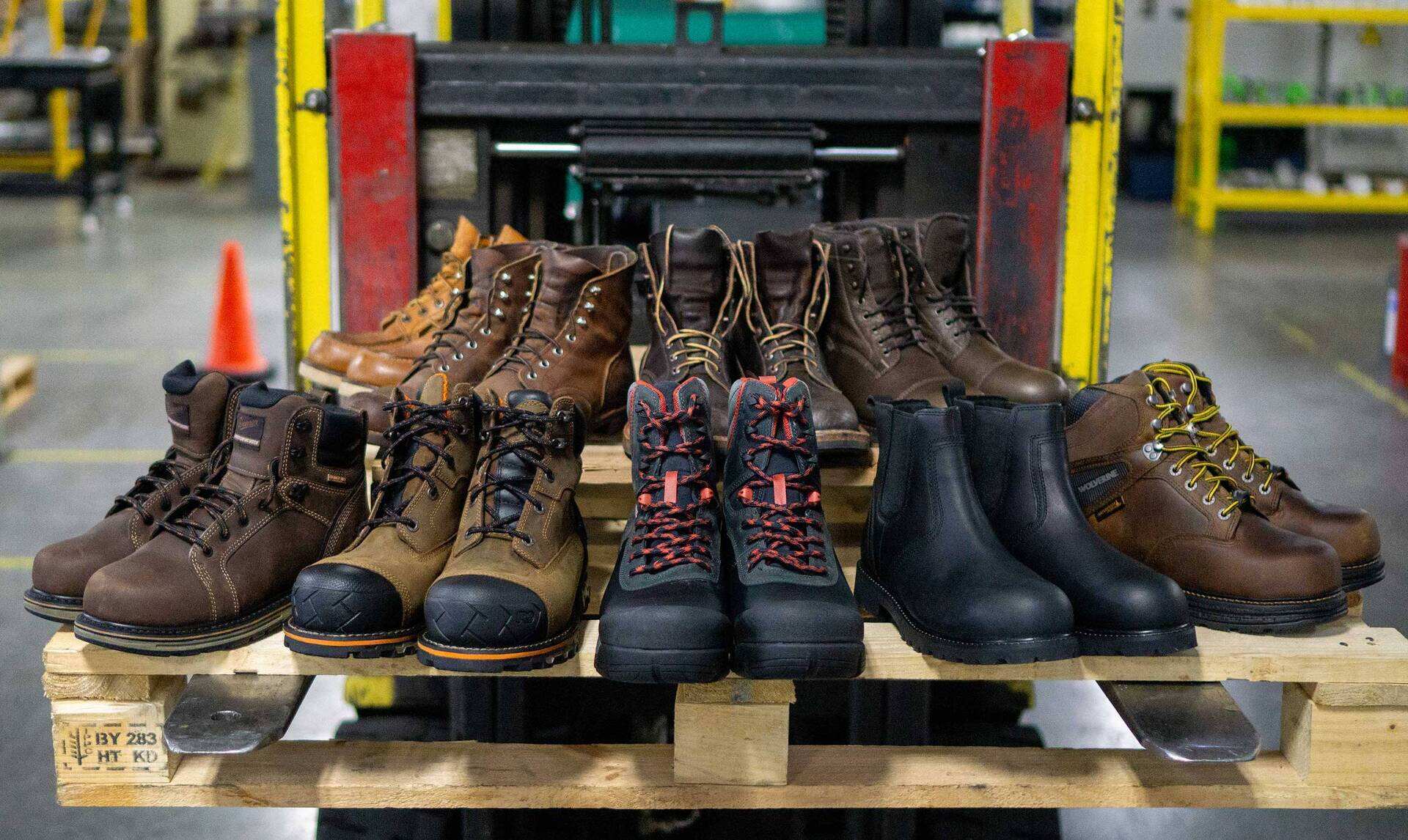
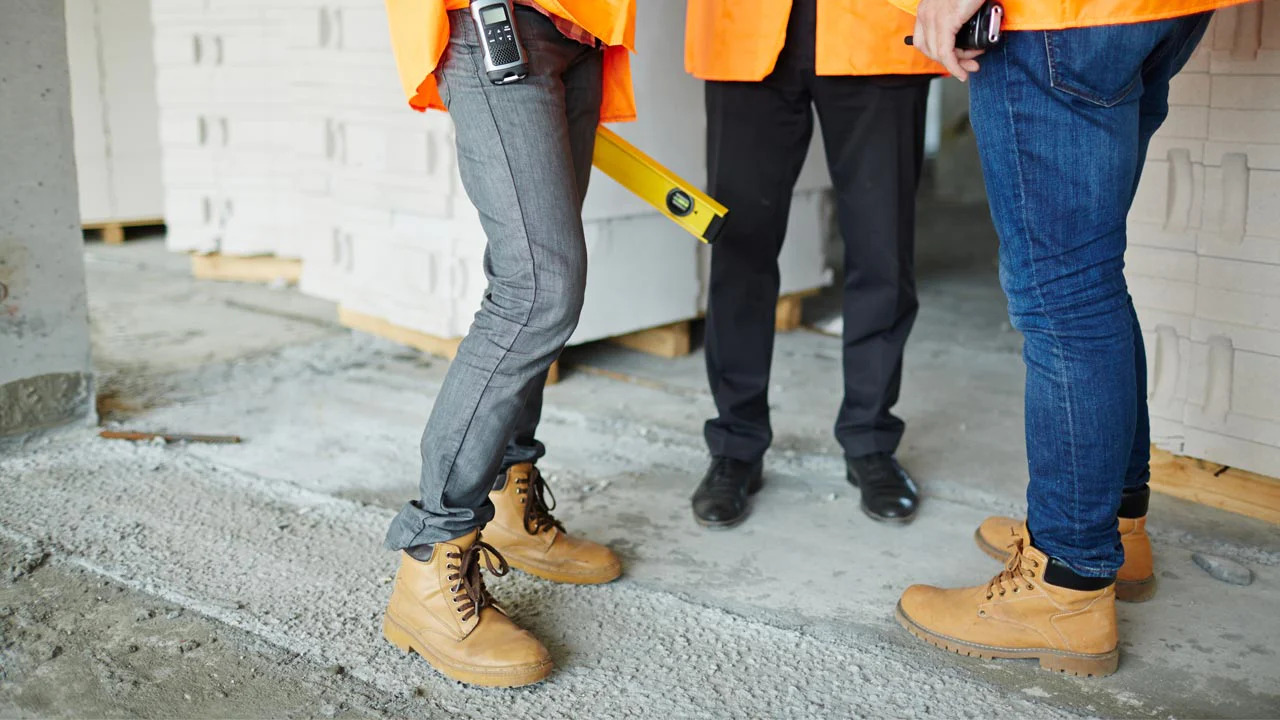
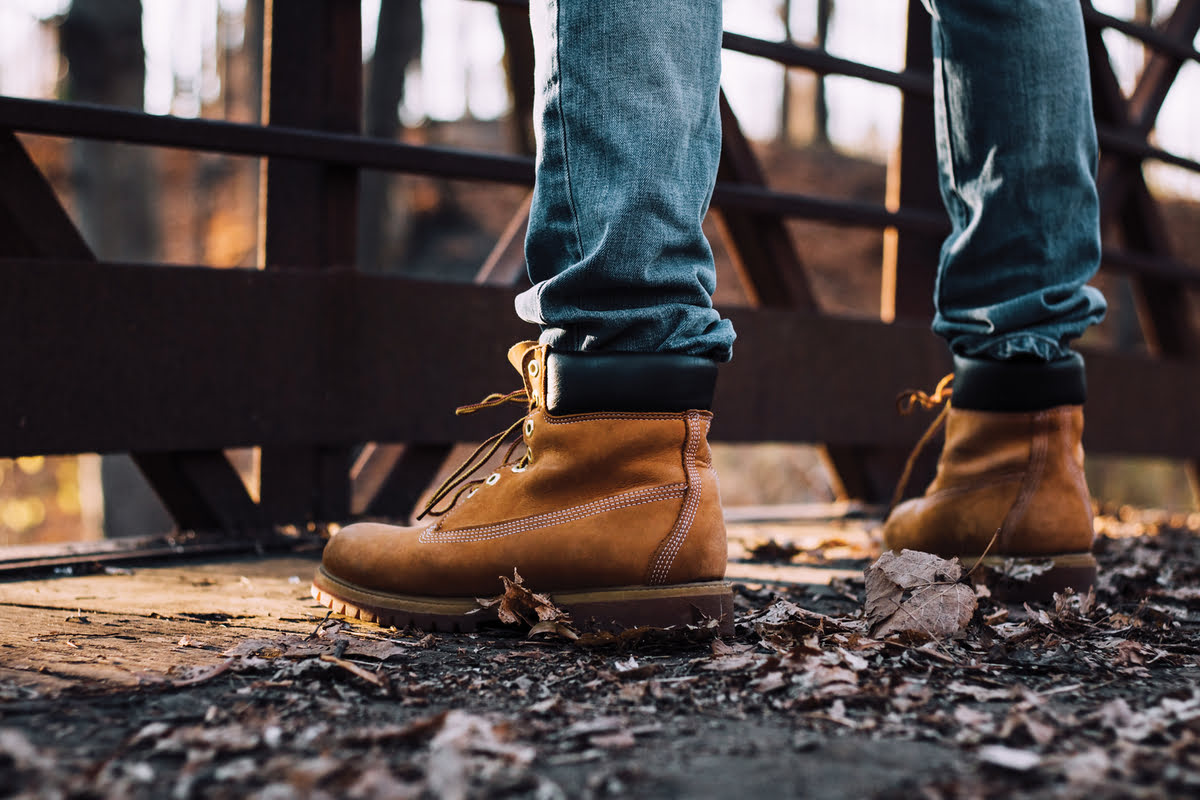
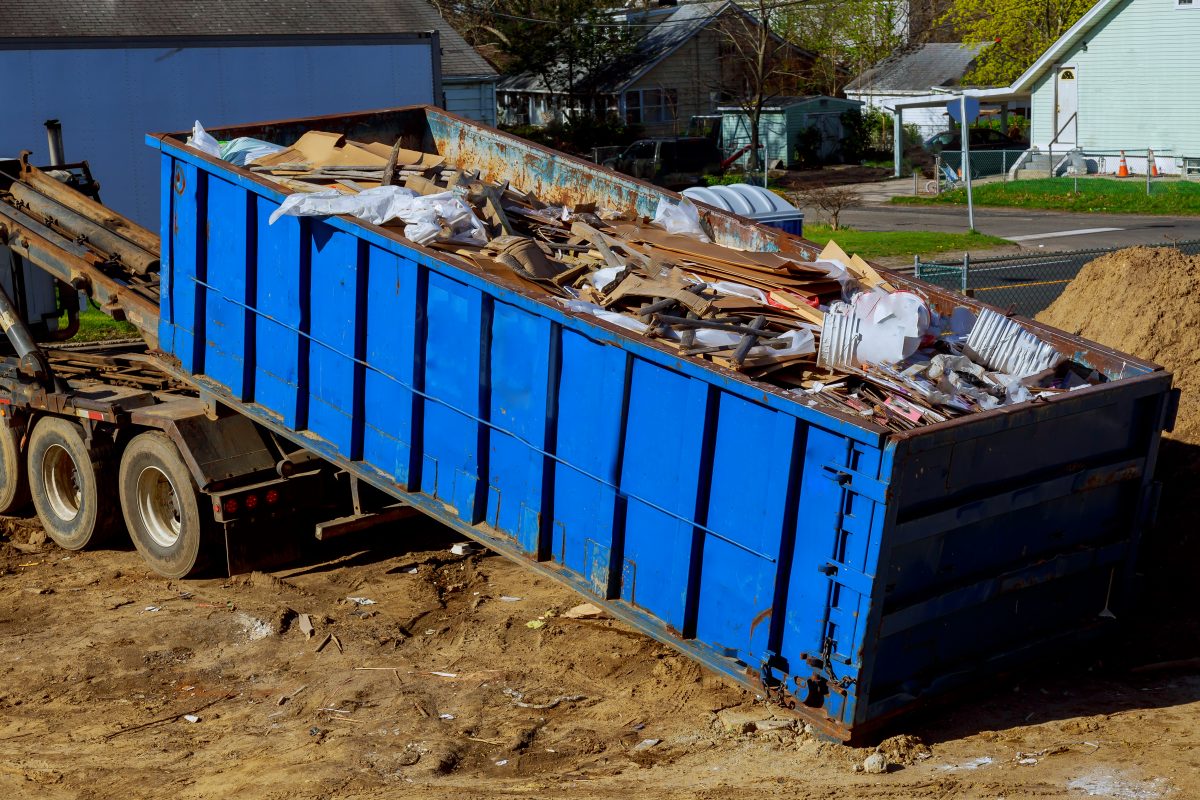
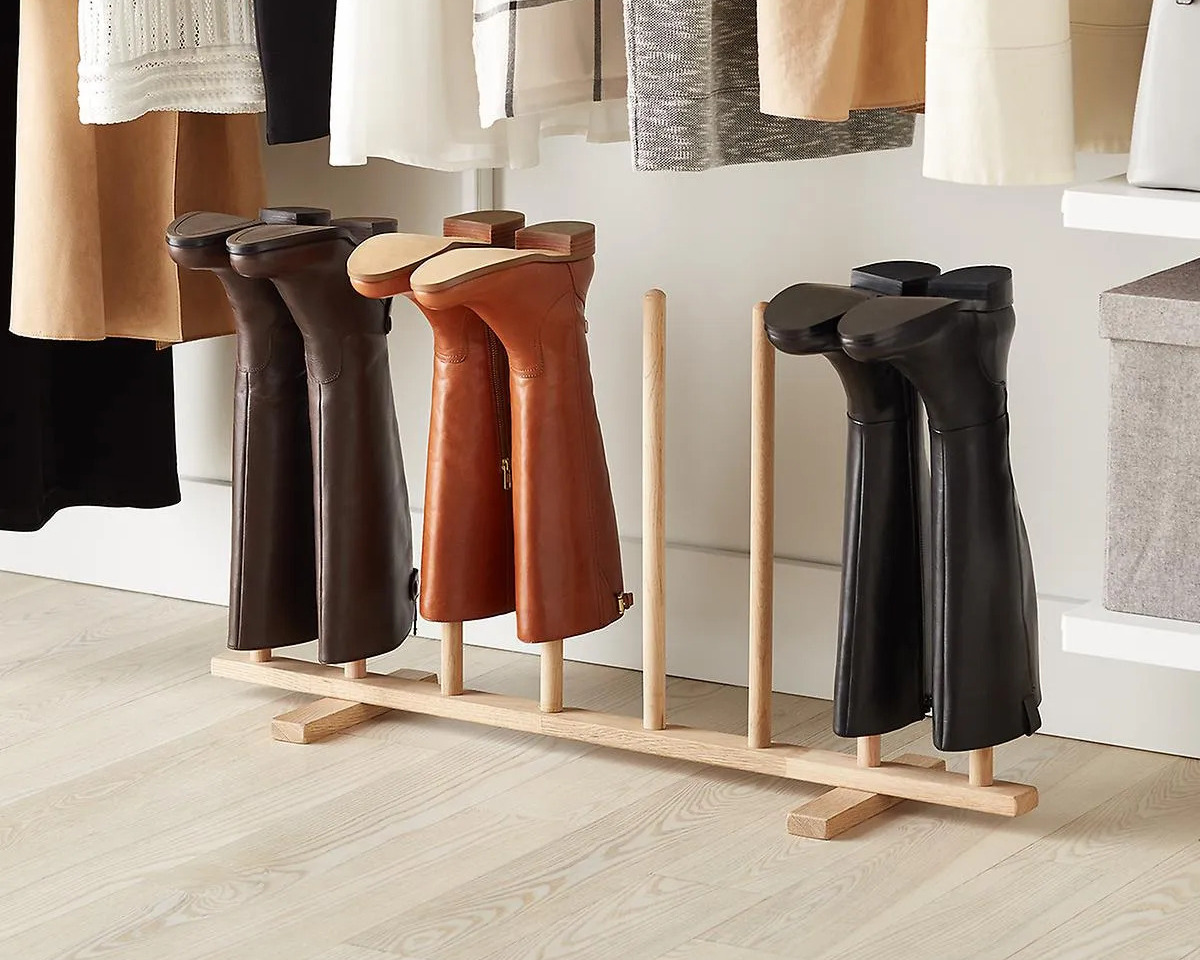
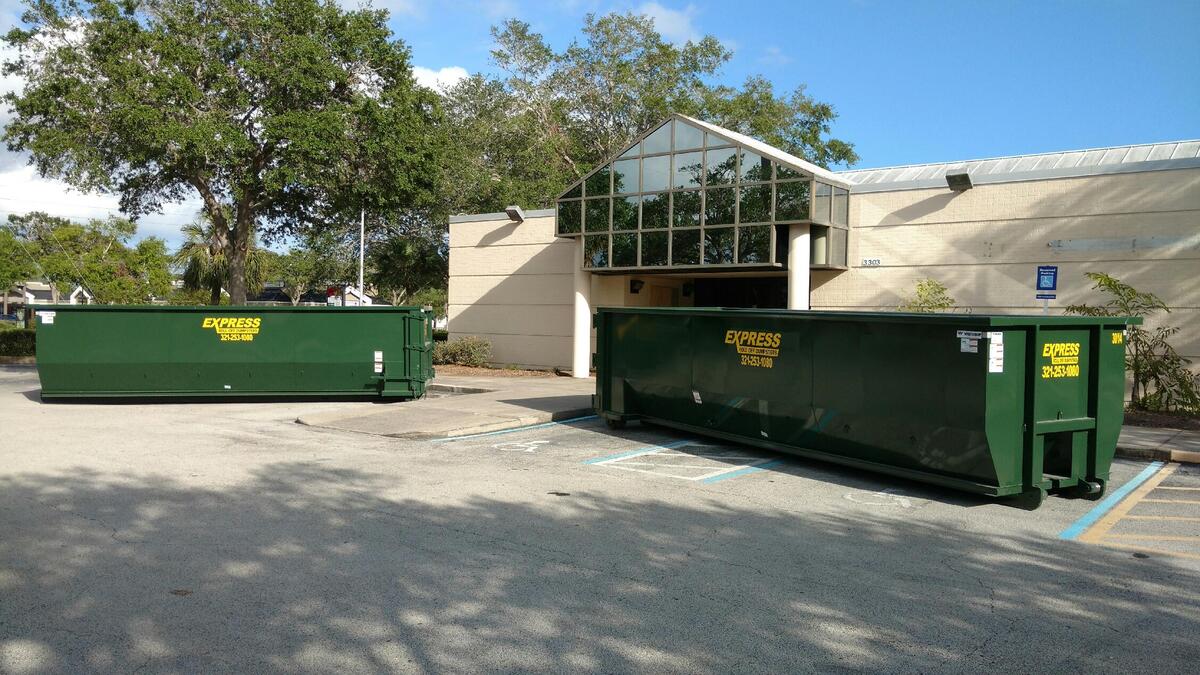
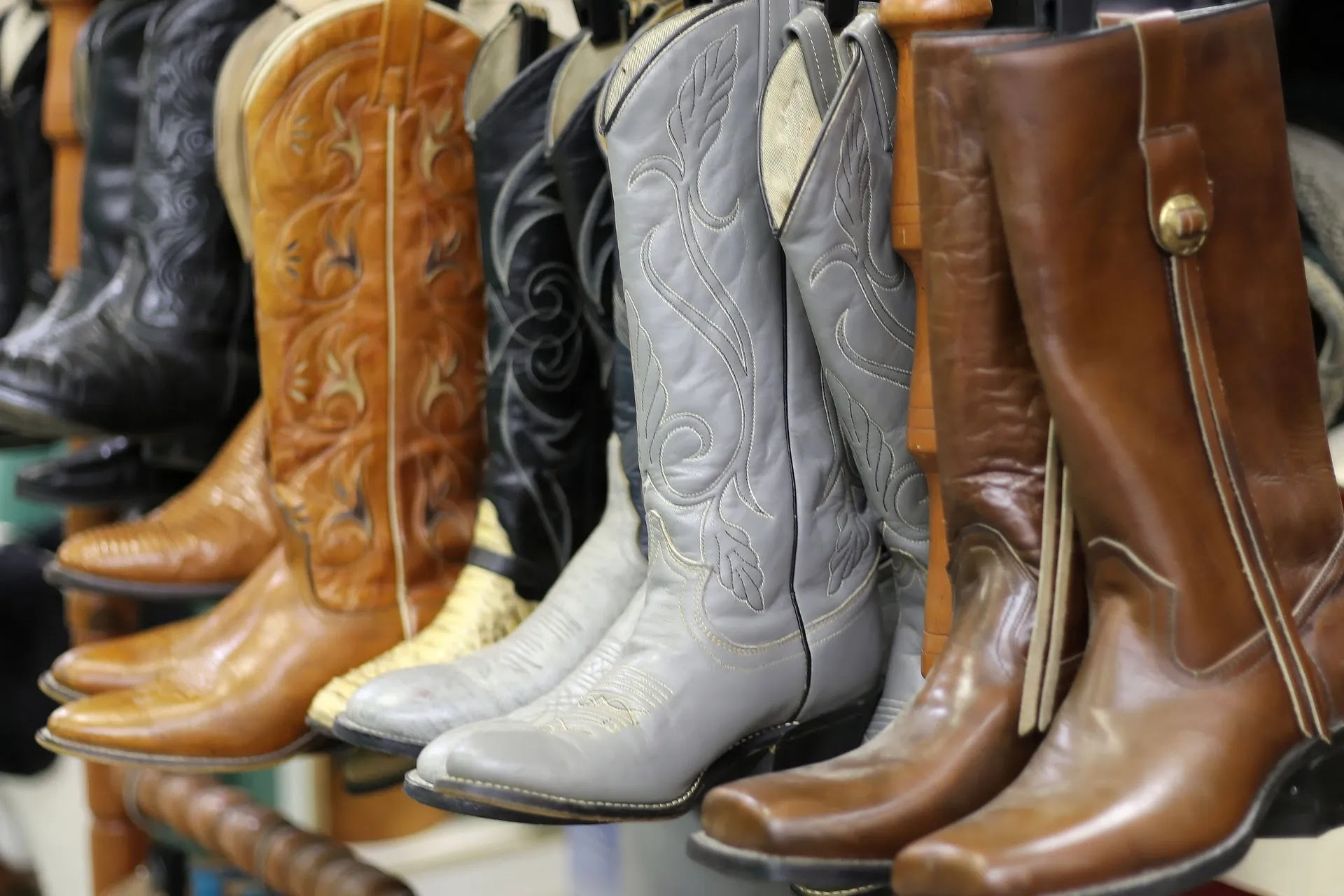
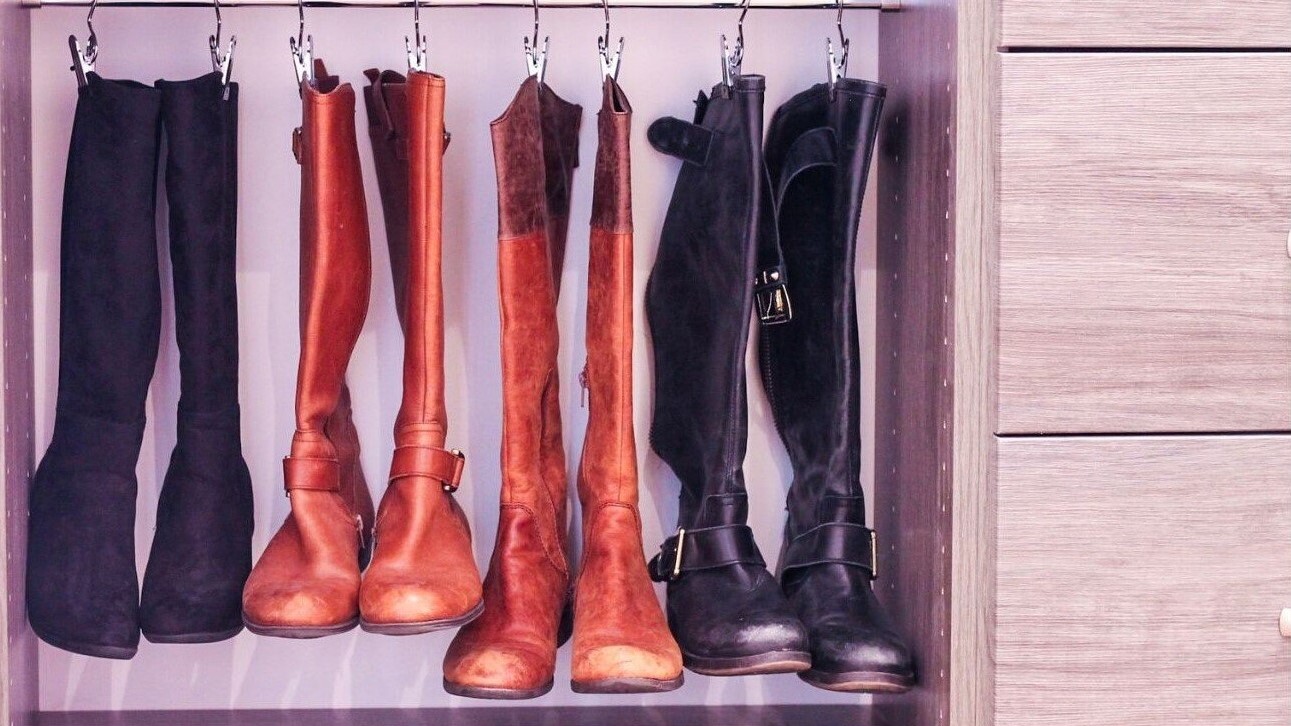
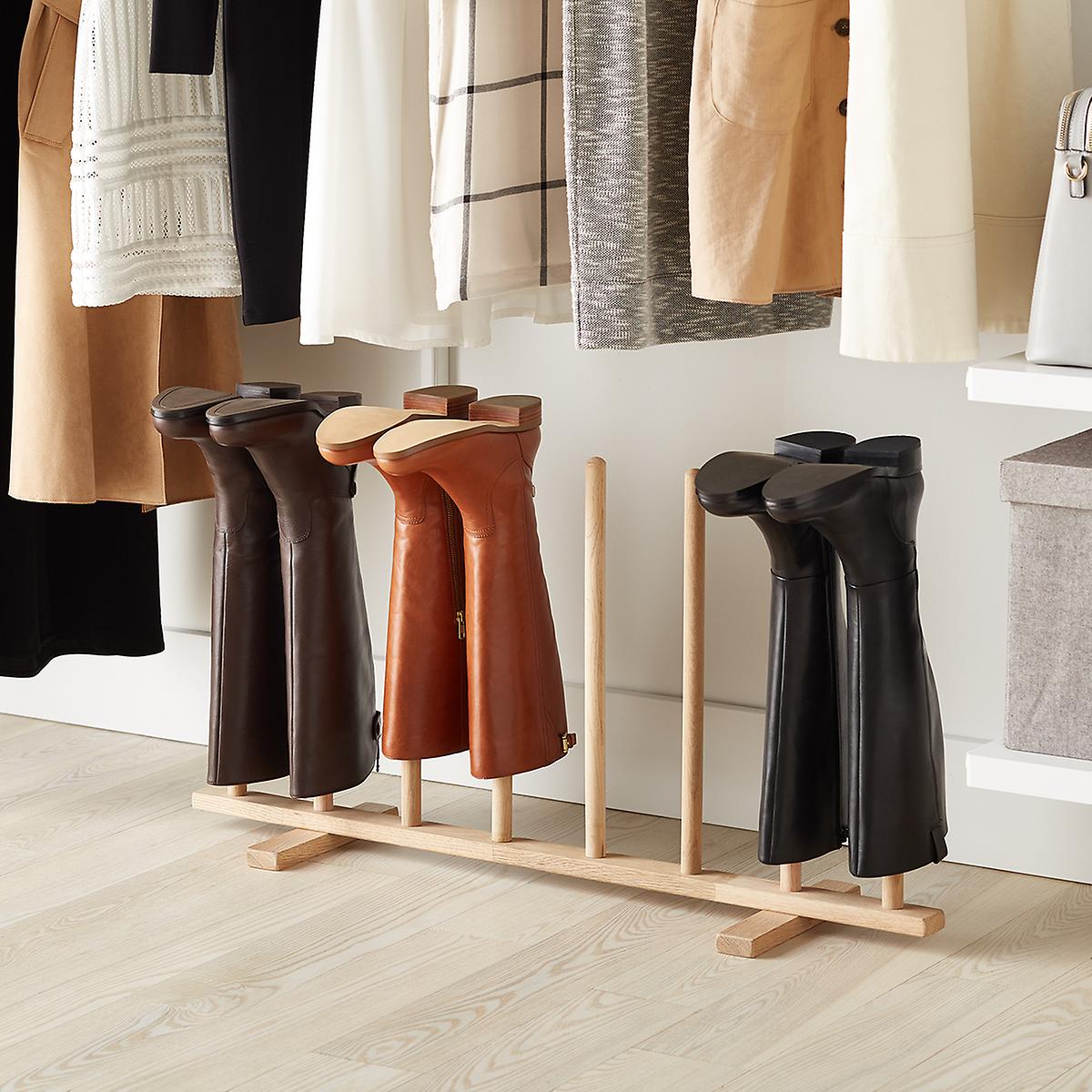
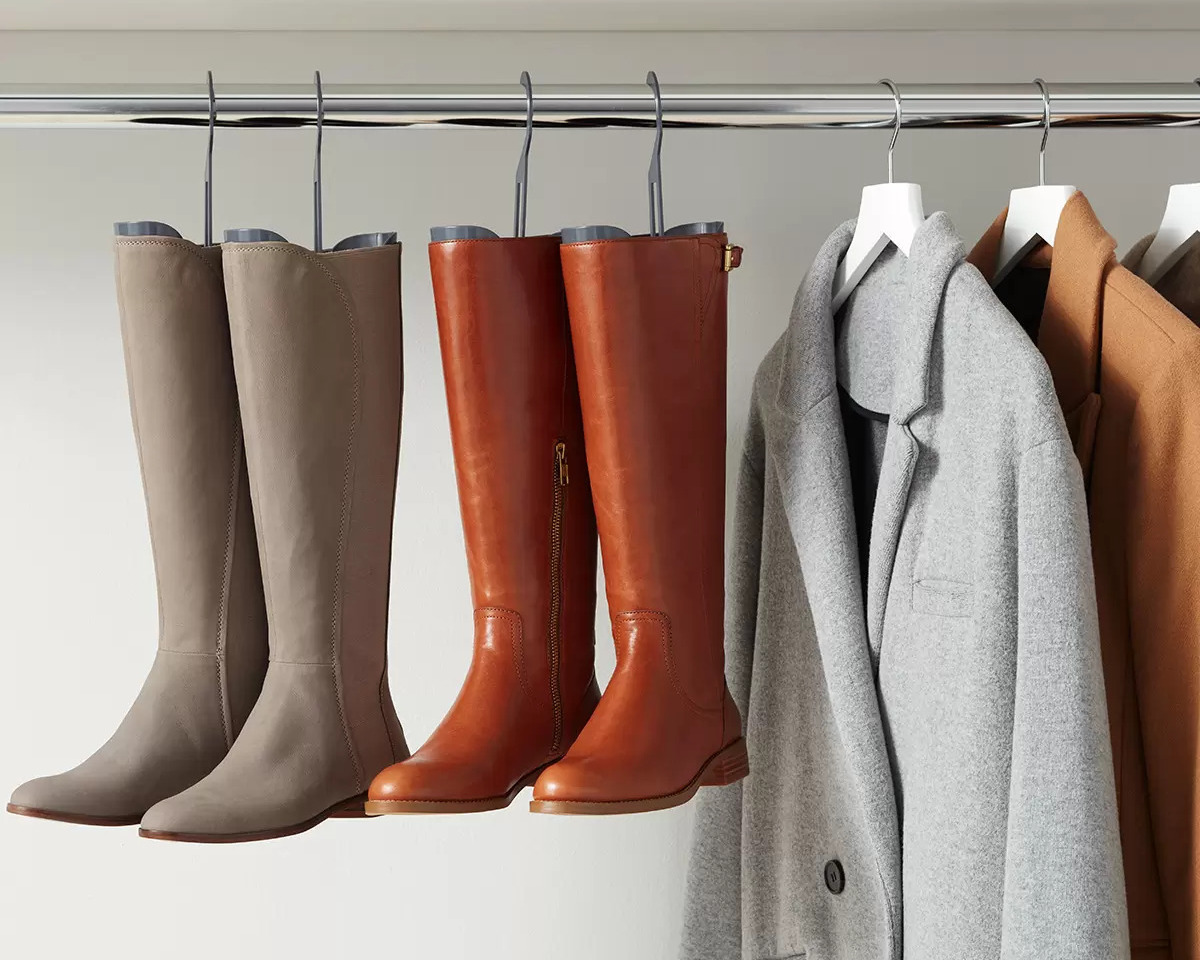
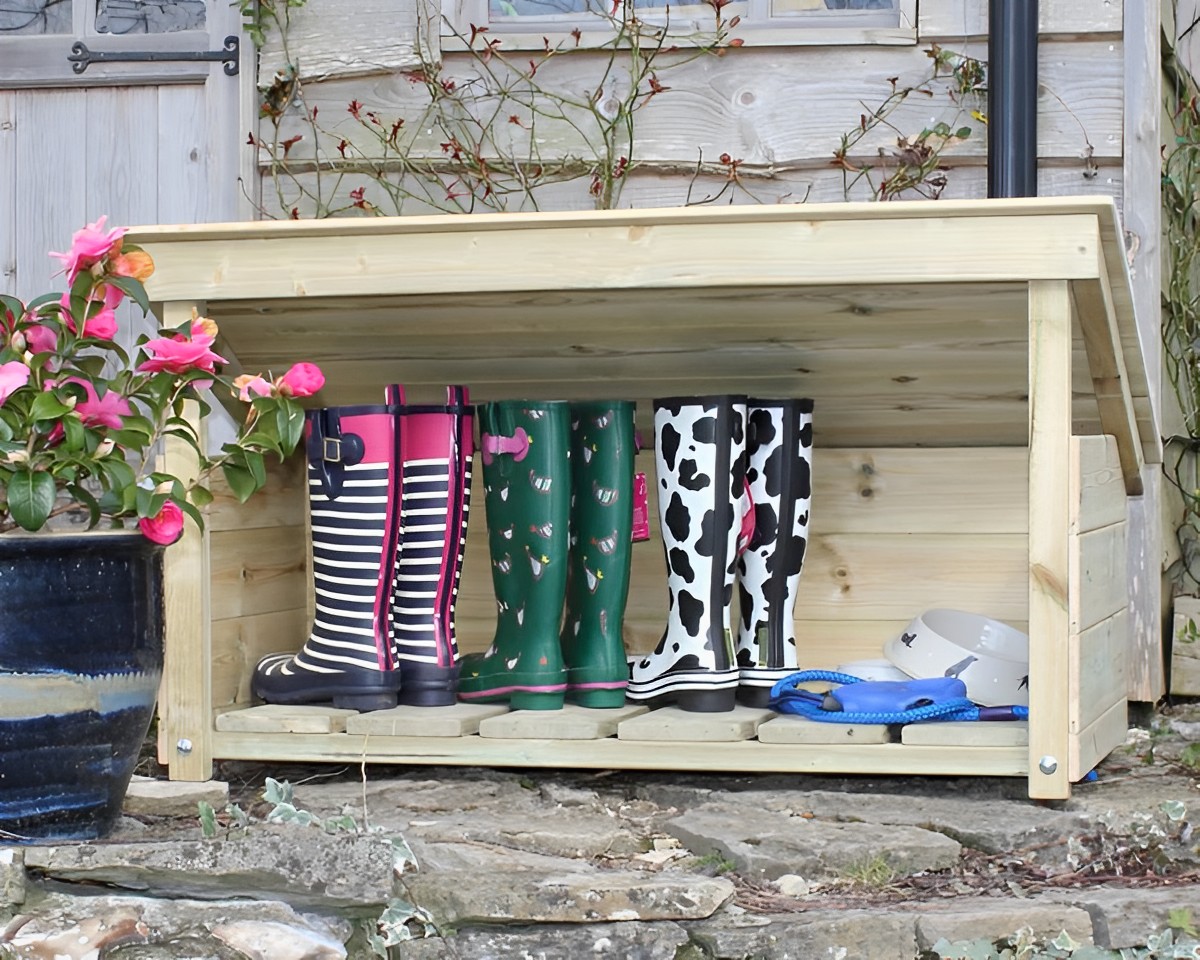
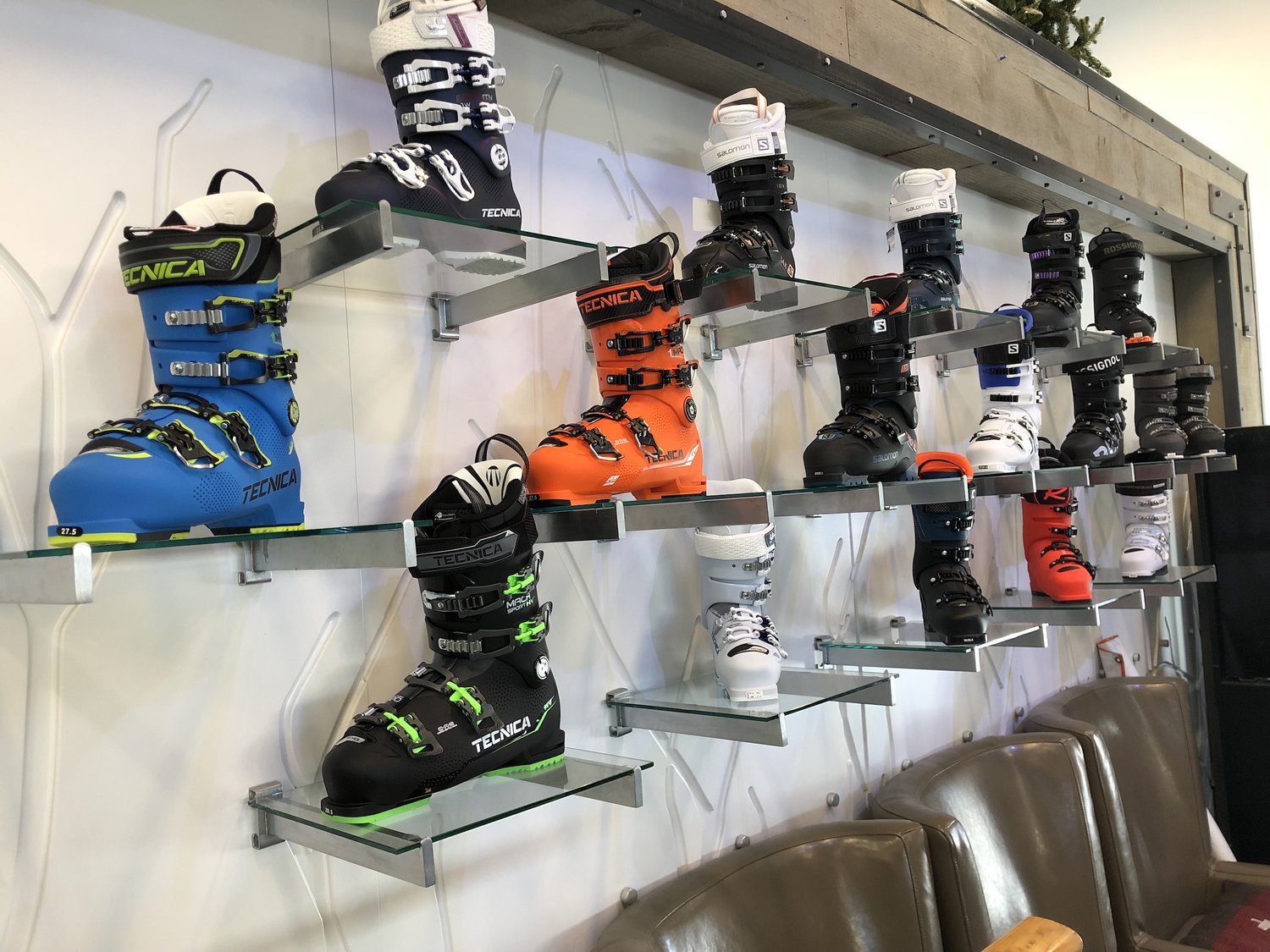


0 thoughts on “How Much Are Construction Boots”